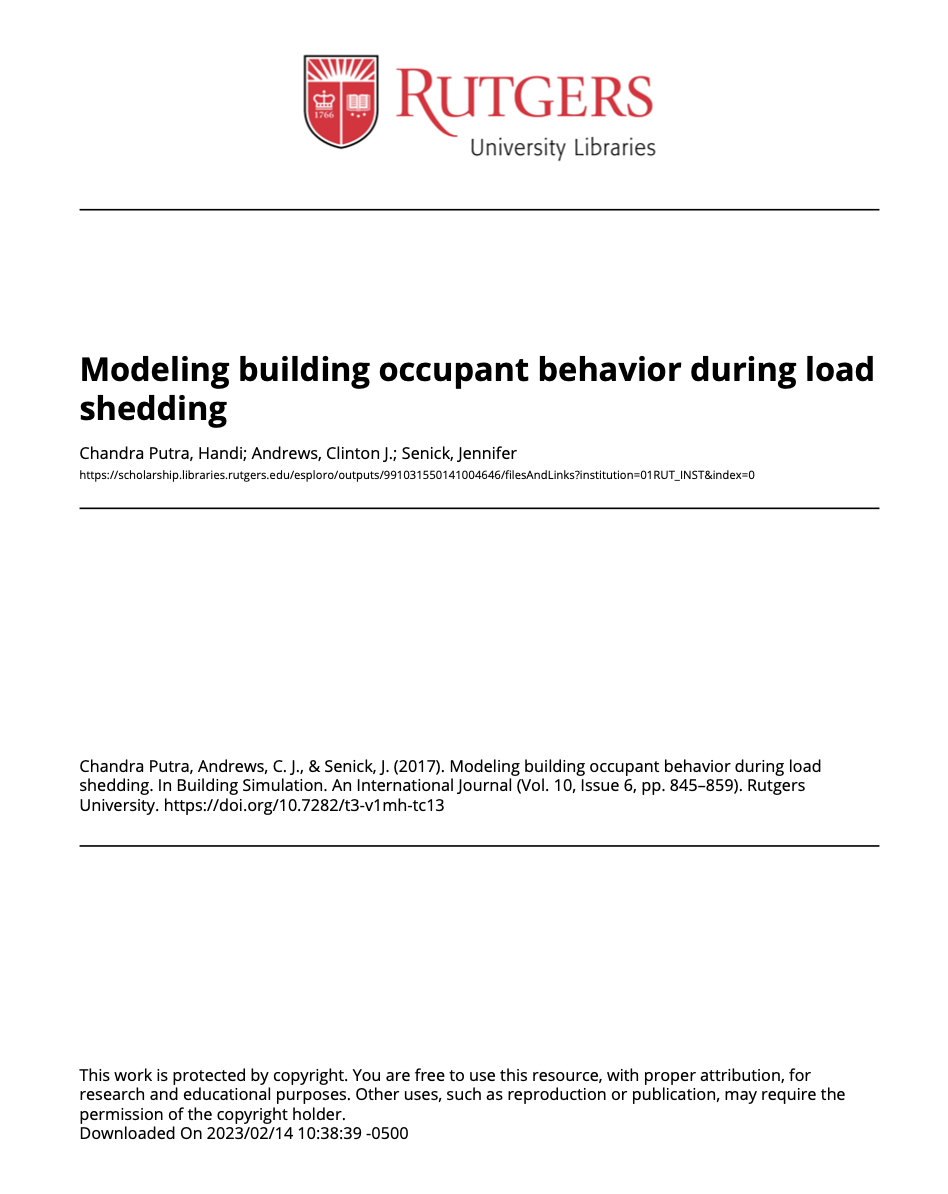Load shedding enjoys increasing popularity as a way to reduce power consumption in buildings during hours of peak demand on the electricity grid. This practice has well known cost saving and reliability benefits for the grid, and the contracts utilities sign with their “interruptible” customers often pass on substantial electricity cost savings to participants. Less well-studied are the impacts of load shedding on building occupants, hence this study investigates those impacts on occupant comfort and adaptive behaviors. It documents experience in two office buildings located near Philadelphia (USA) that vary in terms of controllability and the set of adaptive actions available to occupants. An agent-based model (ABM) framework generalizes the case-study insights in a “what-if” format to support operational decision making by building managers and tenants. The framework, implemented in EnergyPlus and NetLogo, simulates occupants that have heterogeneous thermal and lighting preferences, pursue local adaptive actions such as adjusting clothing or using portable fans when central building controls are not responsive, and experience organizational constraints, as with a corporate dress code, and informational problems, including miscommunication between tenant representatives and building managers in multi- tenanted buildings.
An agent-based model of building occupant behavior during load shedding
Citation:
Handi Chandra Putra, Clinton J. Andrews, Jennifer A. Senick (2017). An agent-based model of building occupant behavior during load shedding. Building Simulation. An International Journal. https://doi.org/doi:10.7282/t3-v1mh-tc13
